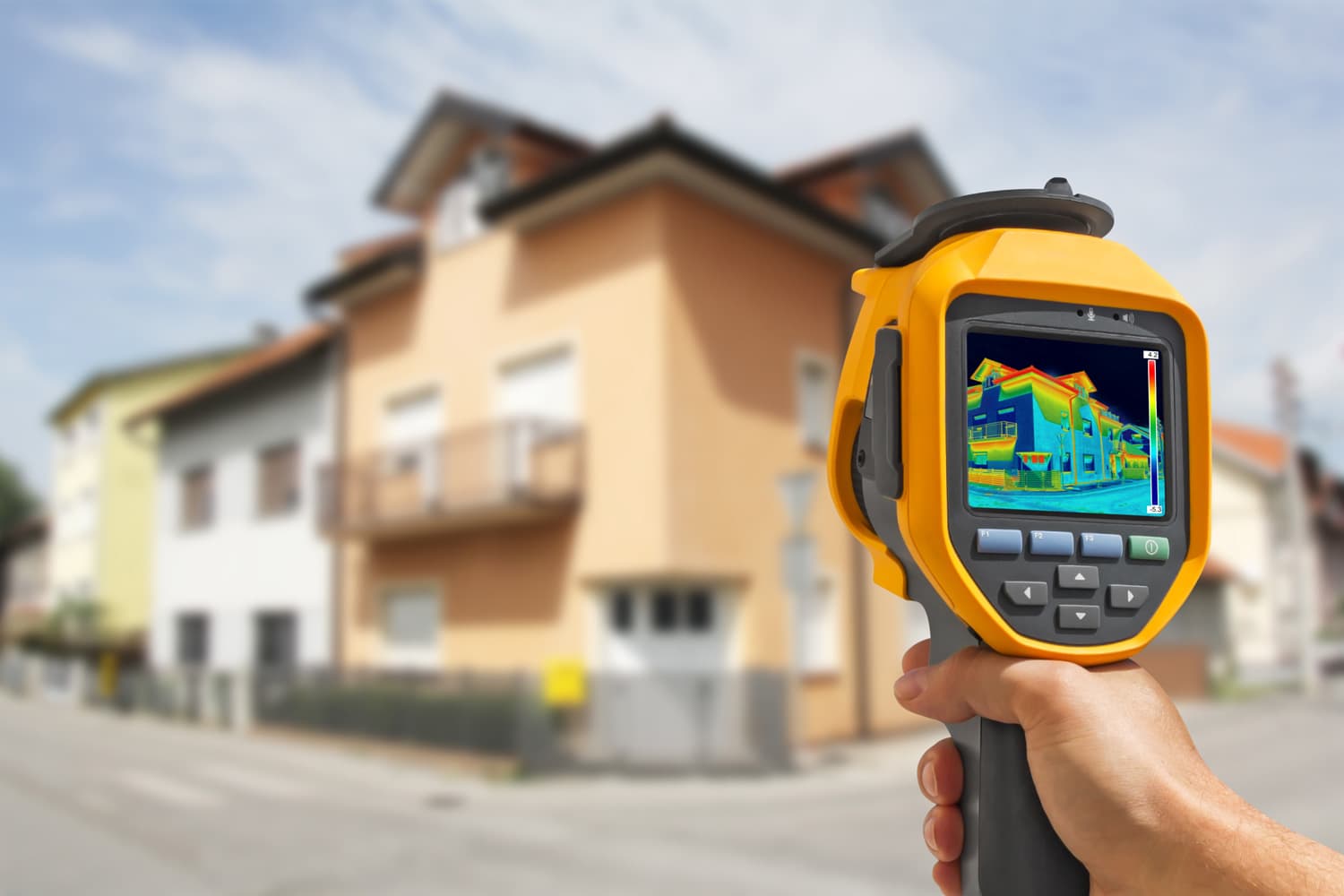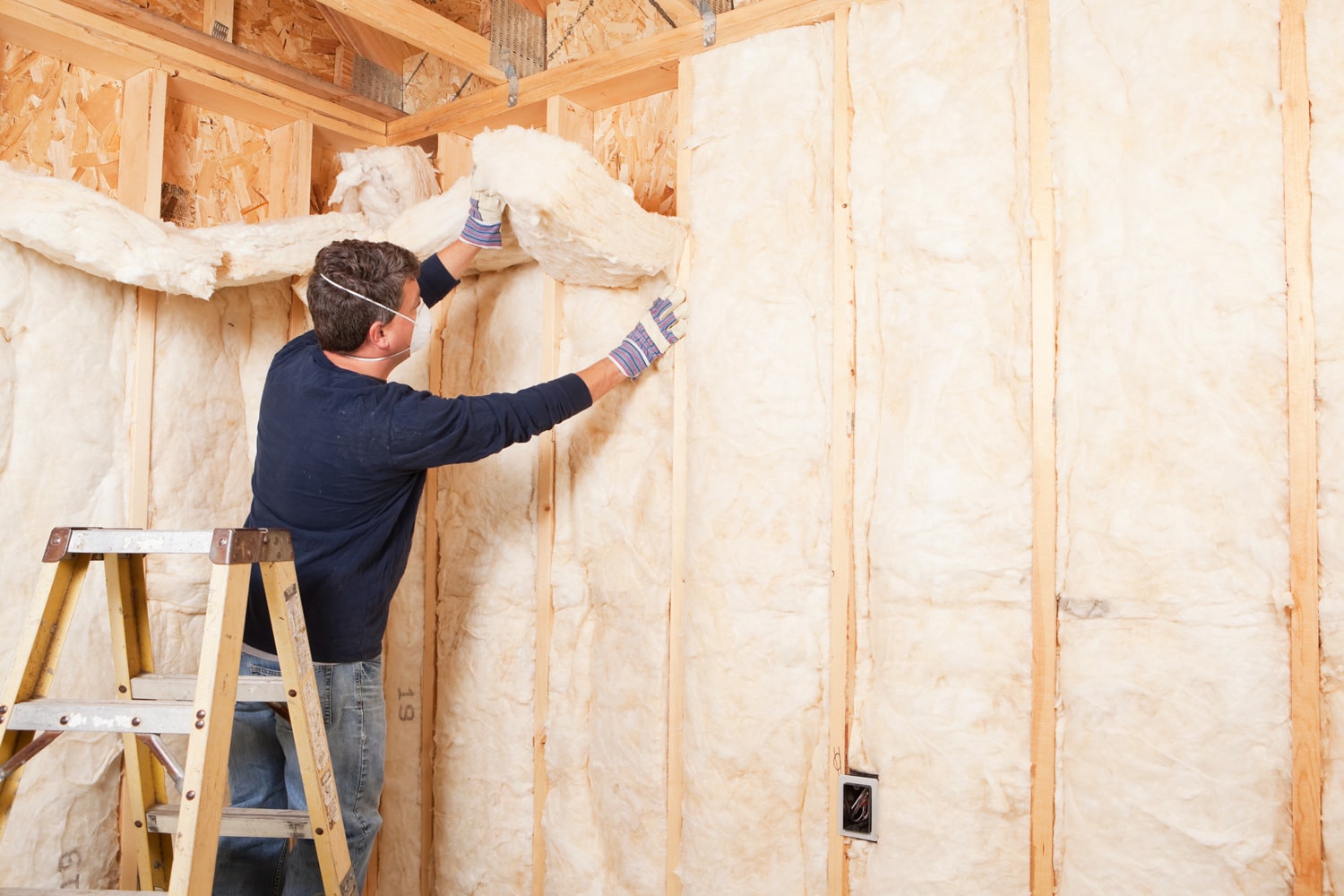Homeowners insulate their homes to control the movement of heat, which contributes to the temperature around the house. It's especially essential to have an insulated home during the cold season to save on costs and stay warm, but can insulation also help with cooling? If you're wondering how insulating can cool your home, we've done the research and have the answers in this post!
Yes, insulating can help in keeping your home cool. The primary role of insulation is to regulate and maintain temperatures, allowing the same effects when dealing with cold air. This way, your home stays cooled and comfortable even during warmer conditions.
Insulation comes with several benefits depending on where you install it and how much insulation you use. Keep reading as we delve into these topics, more ways to cool your home, and a few pointers on how insulating can contribute to cooling.

Does Insulation Help Keep A House Cool?
Insulation keeps your home cool by controlling and offsetting temperatures. When you insulate your home, it reduces the amount of outdoor air that passes through. And so allows the current temperature inside to be consistent.
Understanding insulation is simple because it primarily focuses on regulating air movement until temperature differences balance out. Generally, it keeps the cold from escaping in a colder climate and cuts down how much heat comes in on warmer days.
Can Insulation Keep Heat Out During Summer?
Yes, you can cool a home better during the summer when you insulate. It effectively holds heat off in warmer weather, particularly through the reverse stack effect.
The stack effect refers to the movement of air according to thermal changes. According to this phenomenon, air continuously rises to make room for different temperatures at the bottom.
Let's say the air inside a building is warmer than the outside air. Because hot air has less density, it rises until colder outdoor air moves into the space. This process creates natural ventilation and traps hot air in insulation.
But, the stack effect operates in reverse in a warmer climate. Here, hot air attempts to enter your home from the roof to occupy conditioned areas. With insulation, the heat gets caught and fails to pass through.
How Much Insulation Do I Need?

The amount of insulation required for your home will vary on where you live. Usually, the recommended R-value is anything at R-13 or higher.
According to Energy Saver, floor and wall insulation should have an R-value of R-13 or higher, and attic and ceiling insulation should have at least an R-value of R-30. For better measure, a general rule of thumb is the colder the location, the higher R-value you will need.
R-values refer to levels of thermal resistance wherein the higher the number means the product resists heat better. These values differ from product to product based on their thickness, density, moisture resistance, and the like.
However, the effectiveness of insulation also depends on other factors, including how and where you install it. So, although the R-value of a material is high, you may not be able to get its best performance.
Where Should I Install Insulation?
Building codes across states require property owners to insulate their homes. While there are insulation requirements for properties, you can also consider insulating other parts of your house to maximize efficiency.
Here are a few areas in a home where you could insulate:
Unheated Spaces
Your attic, basement, or crawlspace is one of the most important areas of your home to insulate. These common condition in these spaces make them prone to moisture collection or excessive cold or hot temperatures, which may negatively affect your home.
Adding insulation to these rooms, especially when they're unfinished, can make a huge difference to temperature and comfort throughout your house. Insulation will primarily regulate the temperature within these rooms, lowering the chances of hot or cold air from rising and reducing condensation.
Exterior Or Interior Walls

Next to basement insulation, homeowners should insulate their walls. Wall insulation creates a barrier between the interior and exterior spaces that regulates hot or cold air transfer from room to room.
When you insulate interior walls, your HVAC system won't have to exert too much effort to cool your home. On the other hand, insulating exterior walls helps with reducing the amount of moisture buildup.
Ceiling
Homeowners tend to insulate the ceiling with the basement or walls for effective temperature regulation. An insulated ceiling will reduce the transfer of rising or entering warm air to other locations of your house.
This type of insulation allows even temperature distribution around a home while subsiding any drastic changes from different weather conditions.
Floors
Most homeowners underestimate the value of insulated floors, especially during warmer or colder seasons. Like walls, floors have direct exposure to outside conditions, making them a passage for the outdoor temperature to enter. Insulation counters this, reducing air drafts and leaks on flooring.
Around Ductwork
Ductwork that pass through an uninsulated attic or exterior wall make you lose cool air from the inside. Insulating around your ductwork prevents this and allows your HVAC system to cool spaces more quickly.
Windows Or Doors
A simple additional insulating trick is sealing gaps or cracks around windows and doors. You can also consider installing vinyl seals for a tight-fitting close. This method works best when you already have existing insulation in your space.
Click here to see the Mopms Door and Window Self-adhesive Seal Strip on Amazon.
Insulation Methods To Effectively Cool Your House

Among the various ways you can insulate your home, a selected few work best when you want to focus on making conditioned air colder. Here is a list of insulation methods that effectively help with cooling:
Foam Insulation
Spray foam is favorable for being a flexible insulating material, making it great for insulating crevices and smaller gaps. As a result, it produces a better air seal compared to other insulation. The main downside of foam insulation is the expensive upfront cost.
Check out the Loctite Insulating Foam Sealant on Amazon.
Fiberglass Insulation
You might find professionals recommend fiberglass insulation because it provides high R-values, is relatively easy to install, and is more affordable than spray foam. However, it may still cause leakage with improper installation.
Click here to see the Lynn Manufacturing Ceramic Fiber Insulation on Amazon.
Radiant Barrier
A direct way to counter heat from penetrating your home is using a radiant barrier. Unlike most insulation methods, this blocks and reflects incoming warm air by bouncing it off a metallic foil.
Get the Insulation Marketplace Radiant Barrier Insulation Roll on Amazon.
When Should I Insulate My Home?

Specific signs indicate that you need to improve home insulation. Some of those reasons include the following:
Unstable Or Fluctuating Temperatures
Even temperature is always a good sign and points to comfortable spaces. If your home is full of rooms with drastically different temperatures, your home is under-insulated, or the insulation needs replacement.
Higher Energy Bill
Fluctuating temperature causes your HVAC system to exert more effort to balance out the temperature. So, it utilizes much more power than it usually does.
Moisture And Mold Collection
Moisture and mold is a common outcome from condensation caused by poor insulation. Once these spread, it may result in uncomfortable air, musty smell, and property damage.
Read more about how insulation affects condensation in this post: "Does Insulation Prevent Or Cause Condensation?"
Presence Of Pests And Bugs
Insects and pests are small enough to pass through small crevices and holes in the foundation, doorways, or windows. You might find a bug or two at times, but you might want to check for openings if you see them more frequently. Other than being an entrance for these critters, they could cause irregularities in room temperatures.
Water Leaks
Poor insulation can also lead to water seeping through cracks or gaps in your foundation. The damage from a leaky attic or basement affects the property structure. These are typically costly to repair, so it's best to address the problem as soon as possible.
Read this post to know more about insulation lifespan and replacement: "How Long Does Insulation Last And When To Replace It."
In Summary
Like heating up a room in winter, insulation contributes to cooling when the weather is warm. It uses a similar mechanism for either process, wherein a barrier manages the passage of hot and cold air according to the temperature inside.
It's necessary to ensure you have the adequate amount, appropriate materials, and proper installation location to get the most out of the insulation.




